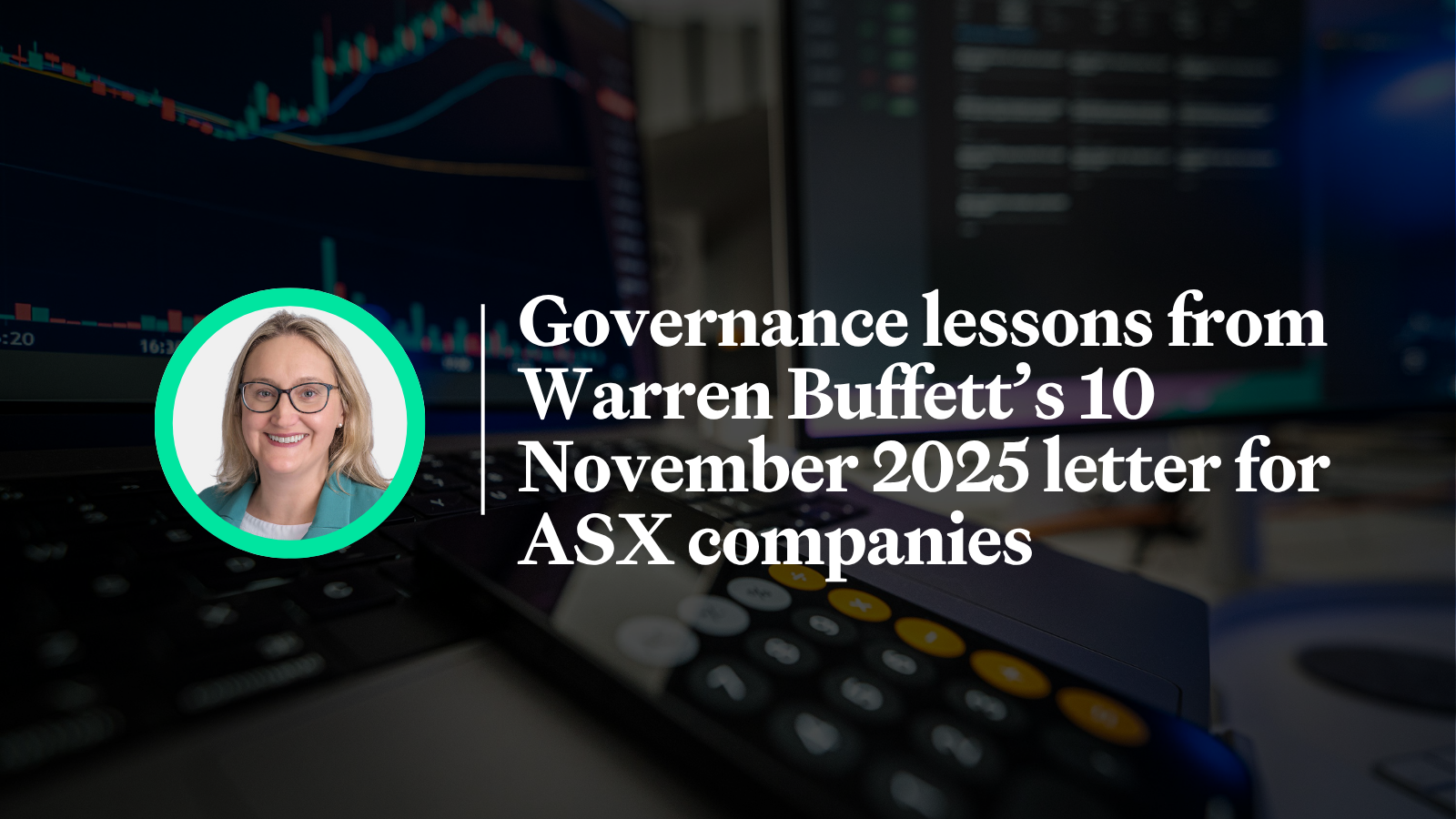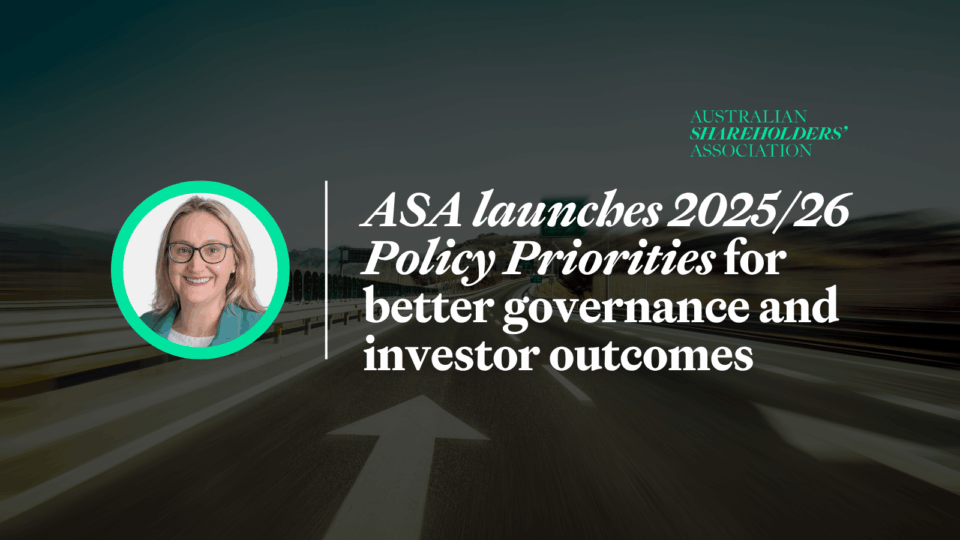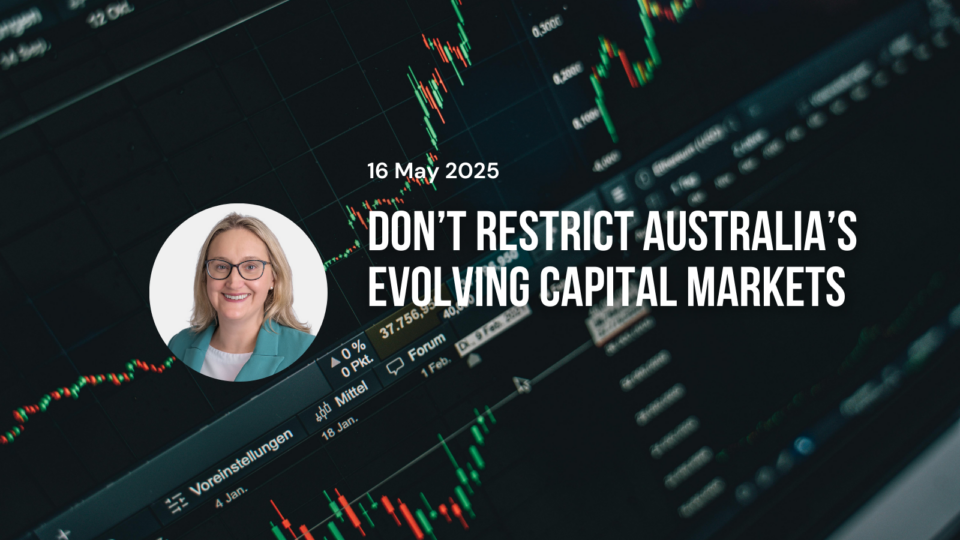
By Rachel Waterhouse, CEO, Australian Shareholders’ Association
On 10 November 2025 in the United States, Warren Buffett issued a Berkshire Hathaway letter that reconfirmed the long-signalled succession and made it clear that the board and his family support Greg Abel to lead the company. He also explained that at 95 he will step back from writing the annual report and from speaking at length at the AGM, but will keep a regular message to shareholders. In that letter he addressed succession, board and management transition, executive remuneration and shareholder communication, all matters the Australian Shareholders’ Association (ASA) examines when it reviews ASX listed companies.
1. Succession should be orderly and visible
Buffett did not name a new successor. He backed the person already identified, confirmed the timing for the handover and noted the support around him. That is what shareholders want to see. In Australia, boards should manage key person risk, identify successors early and explain why change is occurring. Sudden departures or extended acting arrangements with little context weaken confidence. When ASA assesses directors standing for election, it considers whether the board has shown clear succession planning and whether the board skills matrix demonstrates the capabilities each director brings.
2. Boards must address capability even for respected leaders
Buffett acknowledged that very capable and loyal executives can, over time, face age related or health related decline and that Berkshire itself had once been slow to act. The lesson for ASX boards is that past contribution does not remove the duty to deal with current capability. ASA expects directors to consider performance, capacity, tenure and business needs and to act in the interests of shareholders if capability is affected.
3. Executive remuneration needs real restraint
Buffett’s point on pay was about being human. Once executive remuneration is highly visible, some chief executives want to match or exceed what others receive, boards become less willing to say no and director fees move up as well. He asked, “And what consultant ever recommended a serious cut in CEO compensation or board payments?” and noted that envy and greed were part of the problem.
For Australian companies the lesson is that transparency must be supported by judgement. ASA will continue to test whether remuneration is proportionate to performance, clearly explained and responsive to investor feedback. Where boards do not show restraint ASA may recommend voting against the remuneration report.
4. Keep a predictable channel to shareholders
Buffett said he will no longer write the Berkshire annual report or speak at length at the annual meeting but he will continue to communicate through an annual Thanksgiving message. He is speaking less but he is not disappearing. ASX companies can do the same. Leadership changes, strategy and governance decisions should be released in timely and plain English disclosures and hybrid annual general meetings should allow retail shareholders to participate properly. Predictable, accessible communication supports trust and engagement.
5. Decisions should stand up for all shareholders
Buffett restated that Berkshire is run for shareholders and that its management and board are strongly shareholder conscious. That is the standard ASA wants to see in Australian listed companies. Boards should be able to show that capital raisings, related party transactions and board appointments do not disadvantage minority or retail investors. Where a decision appears to favour management or a concentrated owner ASA will raise it and may reflect it in published voting intentions.
These are the areas ASA focuses on when it monitors ASX listed companies and when it applies its Voting and Engagement Guidelines. Buffett’s 10 November 2025 letter is a timely reminder for Australian directors and investors that good governance still comes back to planned succession, attentive boards, disciplined pay and clear communication.






